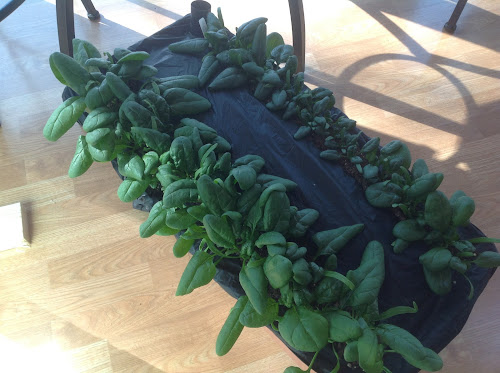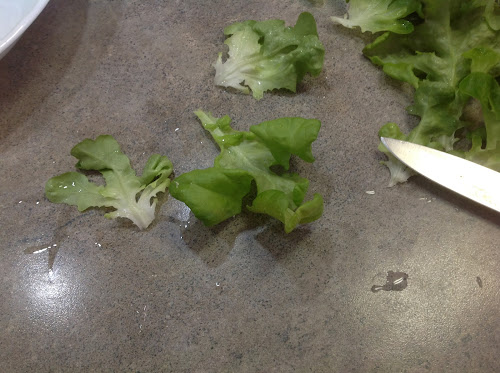Many people have already started some seeds such as tomatoes, peppers, eggplants, etc. Is it too early or too late? It is hard to know when to start the seeds. I think in general people tend to start their seeds too early. If you start your seeds too early the plants get too tall,spindly, and have a great opportunity to develop disease. If you wait to long the seedlings are too small and immature and don't do well adjusting to transplanting.
Most experts suggest starting seed no earlier than six weeks or later than 3 weeks before transplanting into the garden. So that begs the question what is the proper date for transplanting to the garden? Generally after the last frost date for your locality. Some people plant earlier because they are willing to cover plants on nights when frost is possible. Research has shown that warm weather plants exposed to temperatures of 50F or lower tend to be stunted and produce far less then expected during the growing season.
So when is the last last date? You can use the map above to determine that date for your area. For me it means being able to put my transplants safely in the garden after May 15th. So this would mean for me that I should start my tomato, pepper, eggplant, etc. seed during the first week of April. So I plan to start my seeds this and will report on this during next weeks posting.
So what is in store for this coming going season? Below are some maps from the US Weather Service that give us some idea of what weather to expect during the next three months.
Now an update on the "garden".
In last weeks's edition I mentioned making a Chicken Lentil With Spinach Soup. So for my readers from Great Britian and Germany the recipe appears below.
Ingredients
1 tablespoon olive oil
1 cup chopped onions
1 cup coarsely chopped carrots
2 -4 garlic cloves, minced
6 cups reduced-sodium chicken broth
1 tablespoon snipped fresh basil or 1 teaspoon dried basil, crushed
1 -2 bay leaves
4 cups coarsely chopped spinach
1/2 teaspoon salt
1/8 teaspoon black pepper
1 1/2 cups cooked chicken breasts, cubed
1 medium tomatoes, seeded and chopped
1/2 cup dry lentils
Directions
In a large saucepan, heat oil over medium-low heat. Add onion, carrot, and garlic. Cook, covered,for 5-7 minutes or until vegetables are nearly tender, stirring occasionally.
Add broth, bay leaves and, if using, dried basil to vegetable mixture. Bring to boiling; reduce heat. Simmer, covered, for 10 minutes.
3. Stir in spinach, lentils, salt and black pepper. Return to boiling; reduce heat. Simmer, covered 10 minutes.
Stir in chicken,tomato, and , if using, fresh basil. Simmer, covered, for 15-20 min more or until spinach and lentils are tender.
Remove bay leaves before servng.
During this coming week I plan to start my tomato, pepper, and eggplant seeds, so I will be showing you how I do that.
















































